Un Voyage Á Travers Dans Le Paysage Électronique Français, the French subtitle, goes further. French Touch is the first exhibition to celebrate and dig into France’s electronic music heritage: exploring the lineage which laid the ground for the world-wide success of Daft Punk.
French Touch traces electronic music back from now to when the Futurist musician Luigi Russolo performed in Paris in 1914 – his home-country Italy had not received him warmly – and on through Maurice Martenot, Edgard Varèse, Pierre Schaeffer, Pierre Henry, Jean-Jacques Perrey (pictured below right in 1997), Jean-Michel Jarre, space-disco auteurs Cerrone and Black Devil and more. Links are drawn between generations to honour the rich tradition of electronic music birthed by our nearest continental European neighbour.
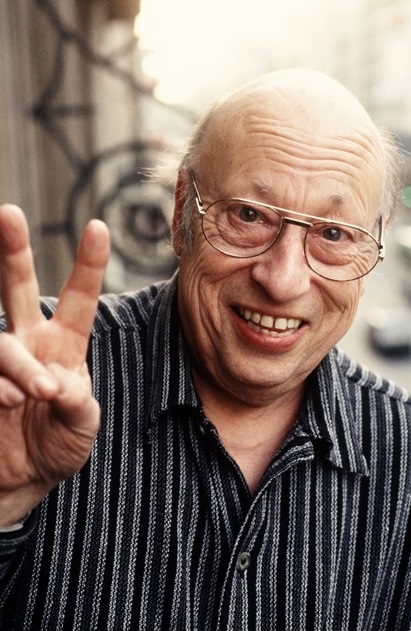 Hosting French Touch, East London’s Red Gallery is exhibiting previously unseen photographs and rare memorabilia, and also screening films. But that is not all. There are also panel discussions and events, including evening sessions with DJ Paulette, DJ Yellow, Jack de Marseille, Jerry Bouthier, and Ygal Ohaylon (click on the link below for the list of related events). Nothing comparable has been mounted in Paris, or anywhere else in France.
Hosting French Touch, East London’s Red Gallery is exhibiting previously unseen photographs and rare memorabilia, and also screening films. But that is not all. There are also panel discussions and events, including evening sessions with DJ Paulette, DJ Yellow, Jack de Marseille, Jerry Bouthier, and Ygal Ohaylon (click on the link below for the list of related events). Nothing comparable has been mounted in Paris, or anywhere else in France.
The curator is British DJ and writer Ben Osborne. He says, “France has a claim for being the oldest culture in electronic music, the oldest in the world. The exhibition is about throwing a light on what came with the music, the social situation, the clothes the people adopt, the flyers – a lot of what is seen is not photographs of a DJ but what surrounds the music. For anyone unaware that France has a history of electronic music, it is also a voyage of discovery. It’s a chance to look a bit deeper, to present things people may not be aware of, especially with how far it goes back. Varèse and Russolo were making prototypes of electronic music and in the Twenties people were coming from America to Paris to see what was going on.”
But can a line be drawn between the experimental music made up to the early Sixties and what has evolved to fill dance floors today? “There is more in common than there is to distinguish them,” contends Osborne. “The reasons the music is being made might be different but if you look at the methods, sampling copies the patterns of musique concrète. There is a stronger line of continuous development than there is one of difference.”
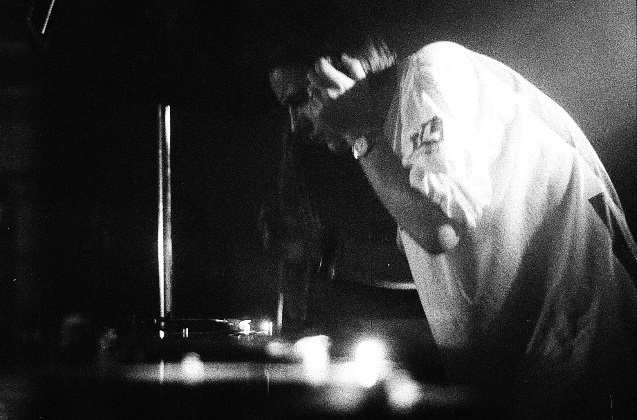 Pushed for his thoughts on how French electronica became a world-wide fascination from the early 1990s, Osborne says it is impossible to point a key moment but notes that “MC Solaar, though he was hip hop, was important as was Laurent Garnier (pictured left in 1992) as a DJ, recording artist and with the label F Communications [aka FCom]. It was an organic and gradual breakthrough but seemed to grow more quickly after Daft Punk. Everyone talks about the early scene, the pioneers before Daft Punk [who formed in 1993 and broke through internationally in 1996-97] and, as far as I can tell, established clubs like Les Baines Douches were not leading the way so in 1989 there was a very do-it-yourself scene with people creating things for themselves, their own cultural interpretation of the music and style.”
Pushed for his thoughts on how French electronica became a world-wide fascination from the early 1990s, Osborne says it is impossible to point a key moment but notes that “MC Solaar, though he was hip hop, was important as was Laurent Garnier (pictured left in 1992) as a DJ, recording artist and with the label F Communications [aka FCom]. It was an organic and gradual breakthrough but seemed to grow more quickly after Daft Punk. Everyone talks about the early scene, the pioneers before Daft Punk [who formed in 1993 and broke through internationally in 1996-97] and, as far as I can tell, established clubs like Les Baines Douches were not leading the way so in 1989 there was a very do-it-yourself scene with people creating things for themselves, their own cultural interpretation of the music and style.”
As the now-ubiquitous term “French Touch” was coined by the British writer Martin James, it is fitting that the pioneering exhibition of the same name is taking place in London. And despite the widely released 2014 film Eden dwelling on global rise of a Daft Punk-like duo, it is ironic that no counterpart exhibition has ever been held on the other side of the Channel.
Hopefully, with our borders still open, French music fans looking for a fresh perspective on their native culture will hop on the Eurostar to stand side-by-side with us Brits to take in this essential, eye-opening exhibition.

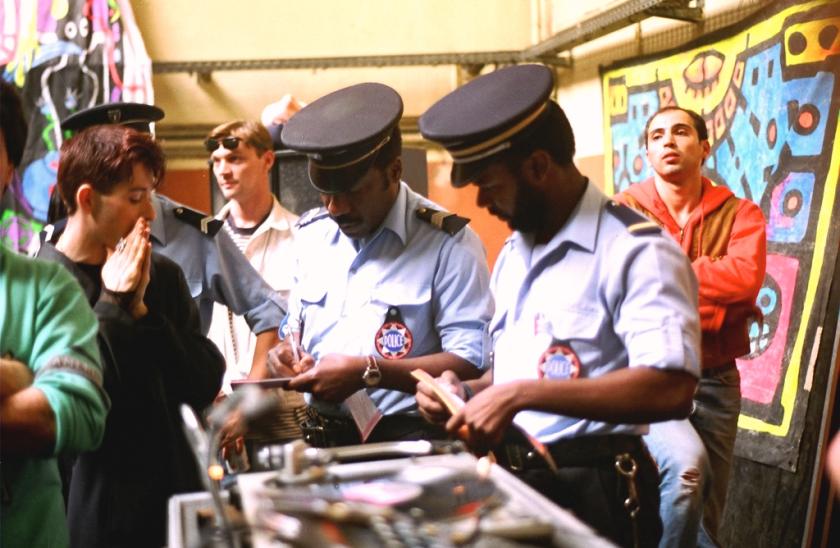









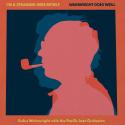
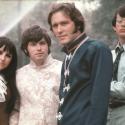

Add comment